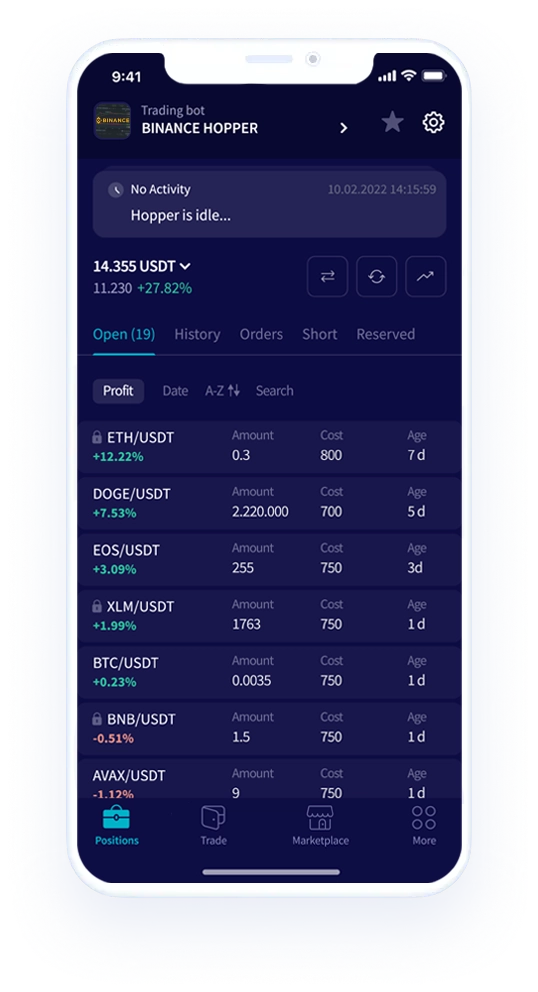Is Web3 Ready for the Big League?
Over the last several years, Web3 has undergone significant improvements in user experience, scalability, and accessibility, transforming it from a niche experiment into a rapidly growing global economic ecosystem. Early decentralised applications often required complex setups, clunky wallets, and high technical literacy, creating barriers for everyday users. Today, many of those pain points have been addressed through intuitive wallet interfaces, simplified onboarding, and mobile-first experiences that feel closer to traditional apps. At the same time, networks have implemented upgrades like layer 2 scaling solutions, rollups, and high-throughput chains, which have drastically reduced transaction costs and improved confirmation speeds. Together, these developments have made interacting with decentralised applications more seamless and approachable for a broader audience.
One of the most notable advancements has been the increasing interoperability between blockchains. Whereas early platforms operated largely in isolation, today’s Web3 landscape is built on bridges, cross-chain protocols, and interoperability layers that allow users to transfer assets and data quickly and cheaply across networks. This connectivity has not only made it easier for users to move capital where it is most effective but also encouraged the development of multichain decentralised applications that can tap into liquidity and communities from multiple ecosystems. As a result, blockchains are no longer siloed environments but part of a larger, interconnected Web3 network of value.
These infrastructure and usability improvements have supported a surge of activity in Decentralised Finance (DeFi), Decentralised Exchanges (DEXs), Decentralised Autonomous Organisations (DAOs), and multichain Decentralised Applications (DApps) and Smart Contracts. Users can now bridge assets from many different Web3 blockchains into multichain DeFi protocols, provide liquidity, trade tokens, participate in governance, or interact with smart contracts across different ecosystems without prohibitive costs or delays. They can often pick which chains, contracts, and bridges to interact with based on speed and efficiency. The capital influx into this sector has been substantial, with billions flowing into Web3 platforms as users and institutions alike explore new opportunities. This growth has been driven not only by financial speculation but also by genuine innovation in digital ownership, governance, and decentralised economic models.
What challenges must Web3 overcome in order to move fully into the mainstream? How can regulatory clarity be achieved in a way that builds trust among institutions and protects users without stifling innovation? What further progress is needed in scalability and cost reduction to support mass adoption, particularly for high-volume use cases like payments and gaming? How can applications prioritise usability and integrate Web3 functionality so seamlessly that users do not need to understand blockchain mechanics to benefit from them? And if these hurdles are cleared, could Web3 truly become a foundational layer of the digital economy, bridging traditional finance with decentralised systems and opening new forms of participation and ownership to millions worldwide?
What are the Factors Stopping the Masses from Adopting Web3?
Even with the massive improvements to Web3 UI in Wallets, DApps, and DeFi, usability is probably still the biggest single factor holding Web3 back from mainstream adoption. For many people, interacting with decentralised applications still requires managing private keys, setting up wallets, handling seed phrases, and navigating unintuitive interfaces. These processes can feel intimidating or overly technical to mainstream users who are accustomed to seamless, one-click access in traditional apps. Until Web3 tools can offer an experience that feels as simple as online banking or social media, many will remain hesitant to engage. The overly technical aspects of Web3 UI need to be abstracted away to remove the learning curve and burden for users.
Another key factor is regulatory uncertainty. Governments around the world are still defining their approaches to digital assets, often oscillating between encouragement, restriction, and outright hostility. For institutions, unclear rules around taxation, securities laws, and compliance obligations make large-scale participation risky. For retail users, uncertainty about the legality or security of their activity adds to a sense of distrust. Without a clearer global regulatory framework, adoption is likely to remain patchy and uneven. Regional or national regulatory approaches are poorly suited to regulating decentralised protocols which transcend borders and legislation, while globally coordinated national regulatory policies tend to be akin to the proverbial hammer which tends to see every problem as a nail. They are ill-suited, for a one size fits all approach, due to the diversity of policy, conditions, culture, economic situations, and climate in wildly different geographic locations.
Scalability and costs also continue to hinder Web3’s growth. While blockchains have made significant improvements, congestion on major networks can still result in slow transaction times, failed transactions, and high fees, particularly during periods of peak demand, or high volatility. This undermines the appeal of using Web3 for everyday activities like payments, gaming, or microtransactions, where speed and low cost are essential. Although innovations such as rollups, sharding, and cross-chain scaling solutions are advancing rapidly, these technologies must prove themselves reliable at scale before the masses will trust them.
Security risks and a lack of trust represent major obstacles. Hacks, scams, and rug pulls are still prevalent in Web3, and news of major losses can deter potential newcomers. Many users also fear losing their funds through simple mistakes, such as misplacing a seed phrase or sending assets to the wrong address. Building stronger consumer protections, improving wallet recovery systems, and establishing more transparent standards for projects will be critical to reassuring everyday users. Until Web3 can guarantee a level of safety and trust comparable to traditional financial systems, mainstream adoption will face persistent headwinds. Cyber criminals targeting Web3 users have been increasing exponentially, in both scale and sophistication, every year.
Will Legacy Finance Relinquish the Control Necessary for Web3 to Spread its Wings and Fly?
The question of whether legacy finance will allow Web3 to flourish strikes at the heart of a larger tension between decentralised innovation and entrenched financial power. Traditional banks, payment processors, and capital markets have long benefited from their role as rent-seeking intermediaries, extracting fees and enforcing strict rules of participation. Web3, by design, threatens this model by enabling peer-to-peer exchange, decentralised lending, and permissionless access to financial tools. For legacy institutions to truly step aside, they would need to accept a diminished role in areas where they have historically exercised near-total control, a prospect that runs counter to their financial incentives.
At the same time, some parts of traditional finance may see Web3 less as a threat and more as an opportunity. We are already witnessing major banks experimenting with tokenised assets, central banks piloting digital currencies, and institutions dipping into DeFi liquidity pools. These efforts, however, are usually tightly controlled and integrated into existing regulatory and custodial frameworks, preserving central authority rather than relinquishing it. This suggests that legacy finance may adopt blockchain technology selectively, but only in ways that maintain its dominant position rather than enable a fully decentralised financial ecosystem.
Whether Web3 can spread its wings depends in part on the ability of decentralised networks to build alternatives that outperform legacy finance. If DEXs, stablecoin systems, and DAO-managed funds can consistently offer superior privacy, true censorship-resistance, lower costs, greater transparency, and global accessibility, users may gradually migrate regardless of institutional resistance. Legacy finance may then find itself forced to adapt or risk losing relevance, much as the internet eroded the power of gatekeepers in media, retail, and communication. The more effective and user-friendly Web3 becomes, the harder it will be for legacy institutions to maintain exclusive control.
Ultimately, the outcome may not be a simple case of legacy finance fully relinquishing control, but rather a gradual blending of systems. Web3 could develop as a parallel economy that grows alongside traditional finance, attracting users who value sovereignty and open access, while legacy systems continue to serve those who prioritise regulation, stability, and state backing. Over time, as regulatory clarity emerges and public trust in decentralised systems increases, the balance of power may shift. Whether legacy finance actively surrenders authority or has it forcefully eroded through free market competition, the spread of Web3 will hinge on its ability to deliver tangible benefits that people cannot ignore.
The post appeared first on Bitfinex blog.

